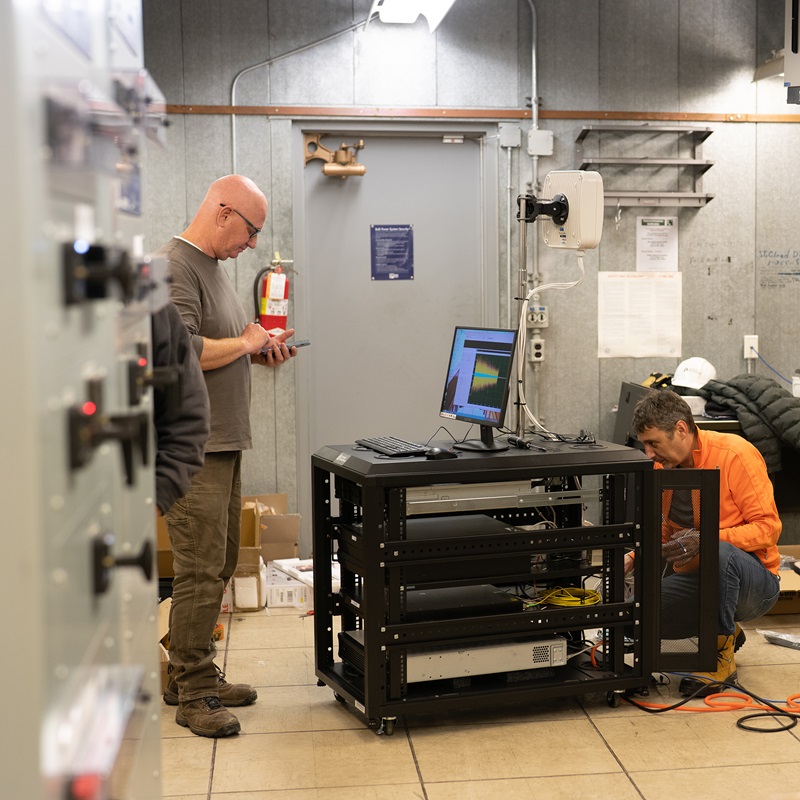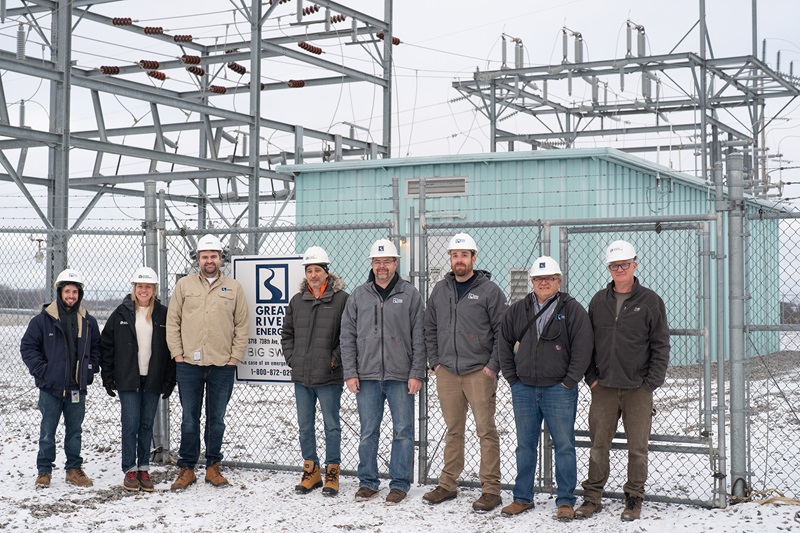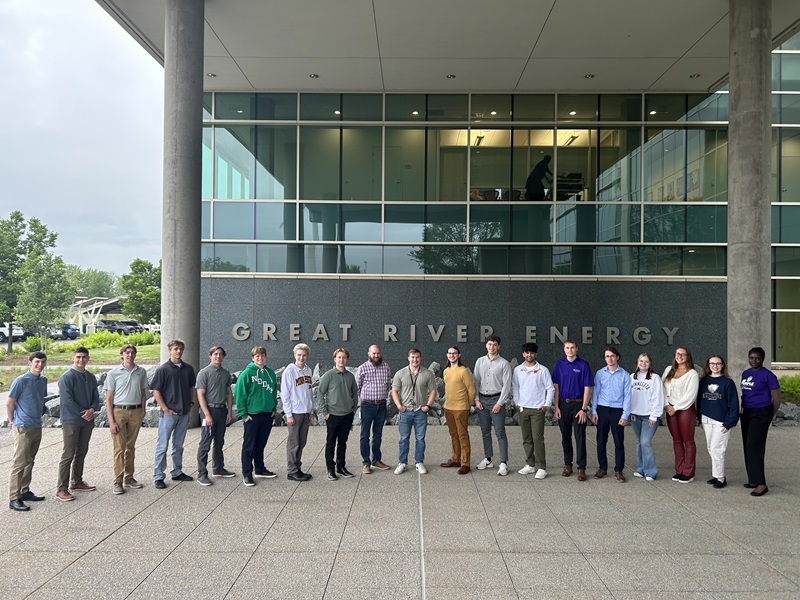Great River Energy recently entered into another innovative pilot project to further its grid modernization efforts.
The cooperative is working with Prisma Photonics to deploy its monitoring technology across approximately 90 miles of existing transmission lines in northern and central Minnesota.

The technology will help Great River Energy serve its members better by offering operators real-time monitoring and notification of extreme weather events using existing optical ground wire installed on the cooperative’s lines.
“This is a way for us to leverage innovative new technologies that maximize our existing infrastructure,” said Michael Craig, Great River Energy manager of energy management systems.
Typically, transmission line monitoring solutions require installing physical sensors on the power lines. In this case, all that is required is installation of the technology at the substation. Once in place, the existing fiber optic wires on the transmission lines become high-powered sensors.
The technology was installed at four substations in December and is now providing monitoring to five critical Great River Energy transmission lines. The installation took approximately four hours in each substation and was performed by Prisma Photonics with assistance from Great River Energy technicians. The installation did not require specialized crews or service interruptions.

The technology can alert operators to electrical faults, physical disturbances and severe weather conditions, with precise location information down to the specific tower. This enhances operators’ visibility into grid conditions and enables maintenance crews to respond more efficiently, reducing downtime and improving overall grid reliability.
“We thought this was particularly worthwhile technology to test in Minnesota where we can be subject to extreme weather conditions such as wildfires, icing and high winds,” Craig said.
So far, Prisma’s technology has detected 10 events total on the monitored lines: two shorts, two five-minute fiber outages and six mechanical anomalies, which are vibrations on the lines and tower. Craig said the anomalies could be caused by an animal or galloping on the line that wasn’t strong enough to cause a short.
“Overall, this is more events than we were expecting, so I think from that point of view it is really good,” Craig said. “We are going to continue to look for patterns in the events to see if there are any actions we need to take.”
 " data-object-fit="cover">
" data-object-fit="cover">
 " data-object-fit="cover">
" data-object-fit="cover">